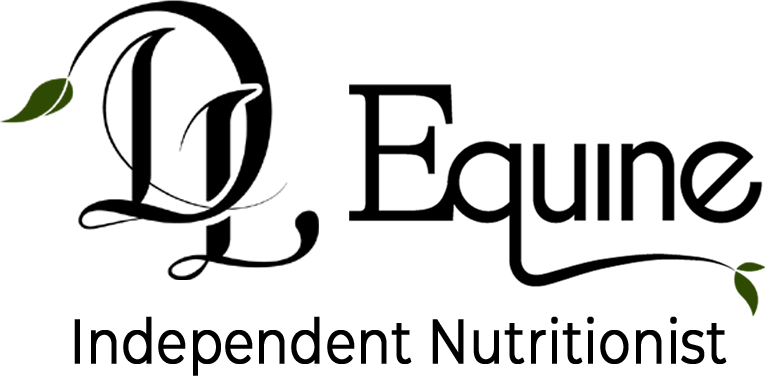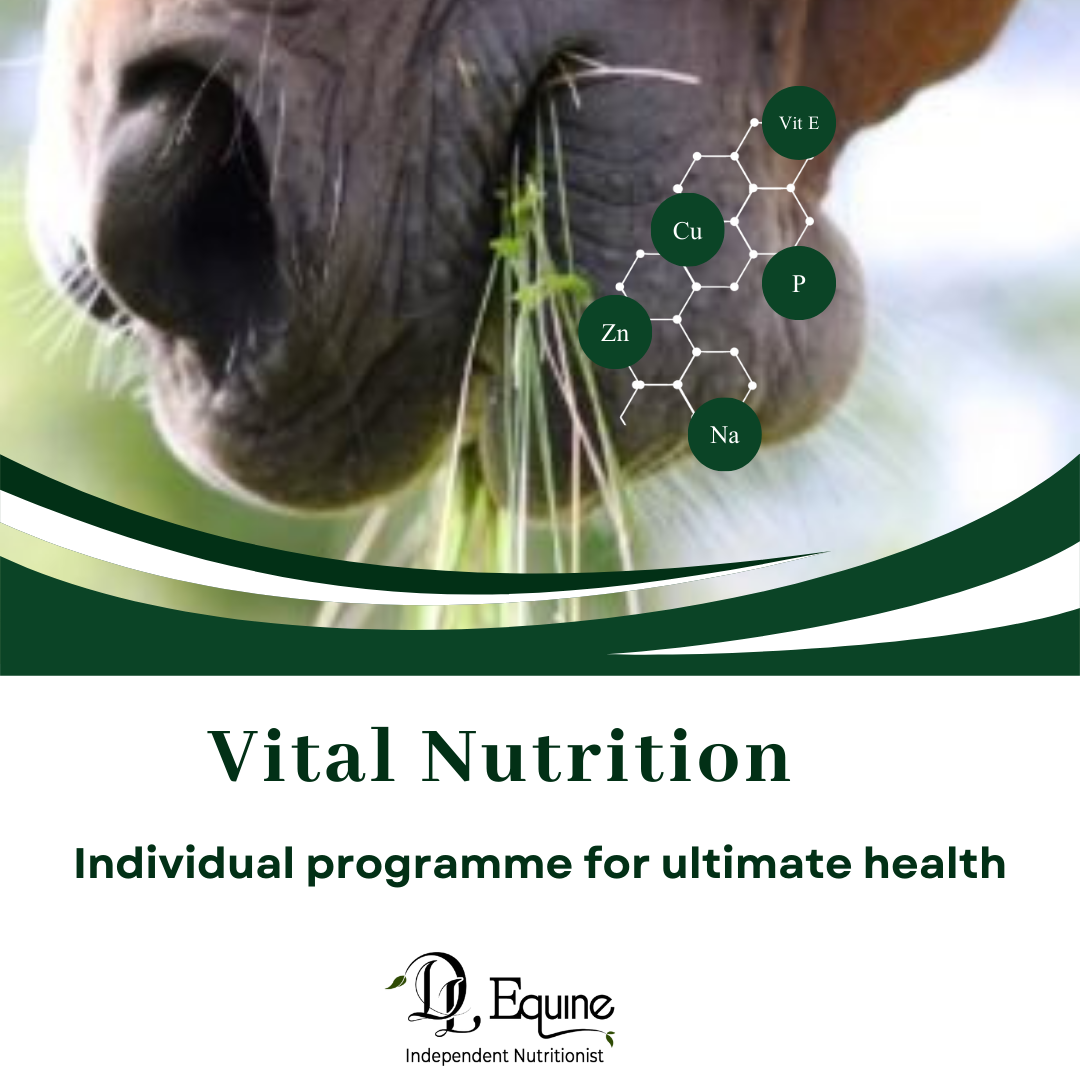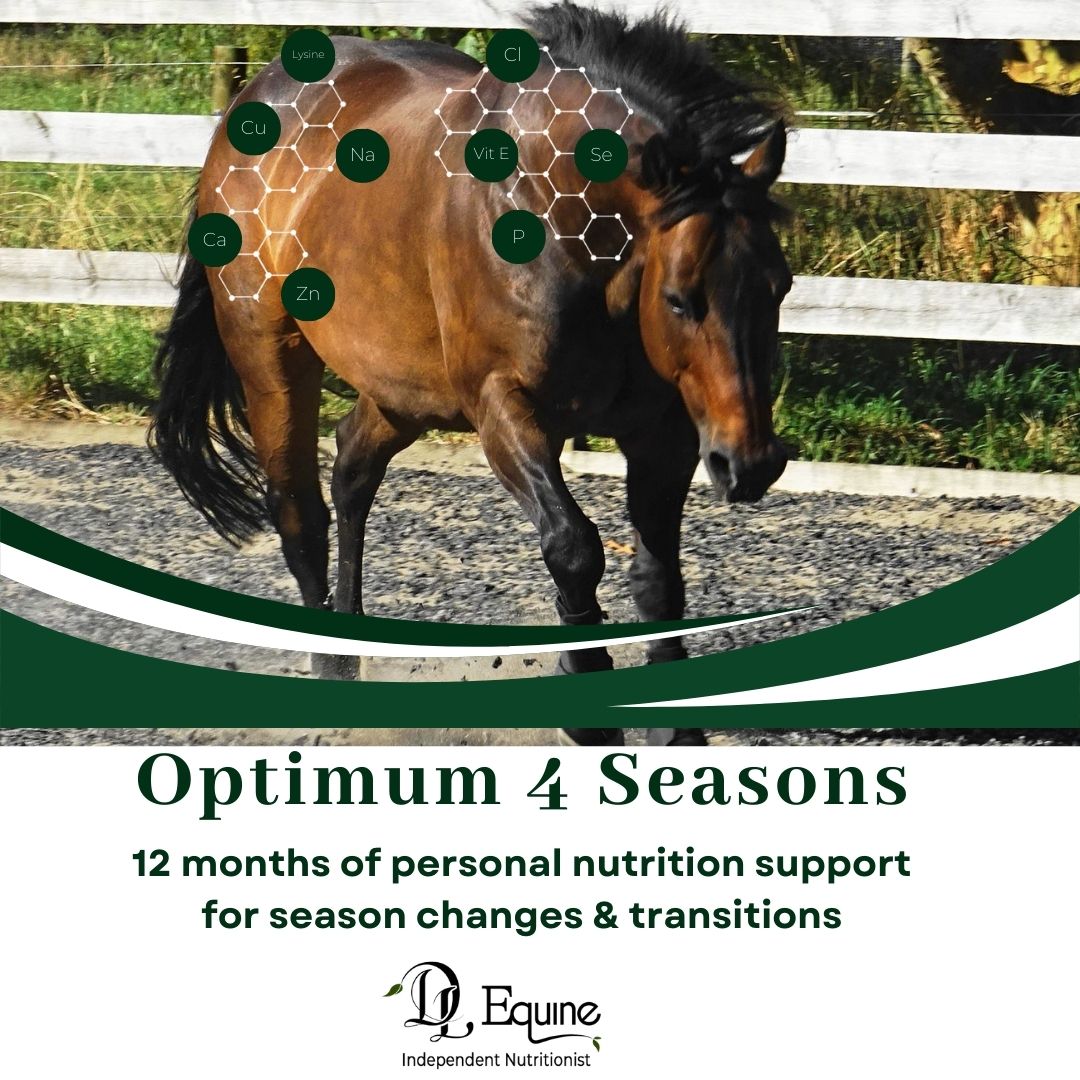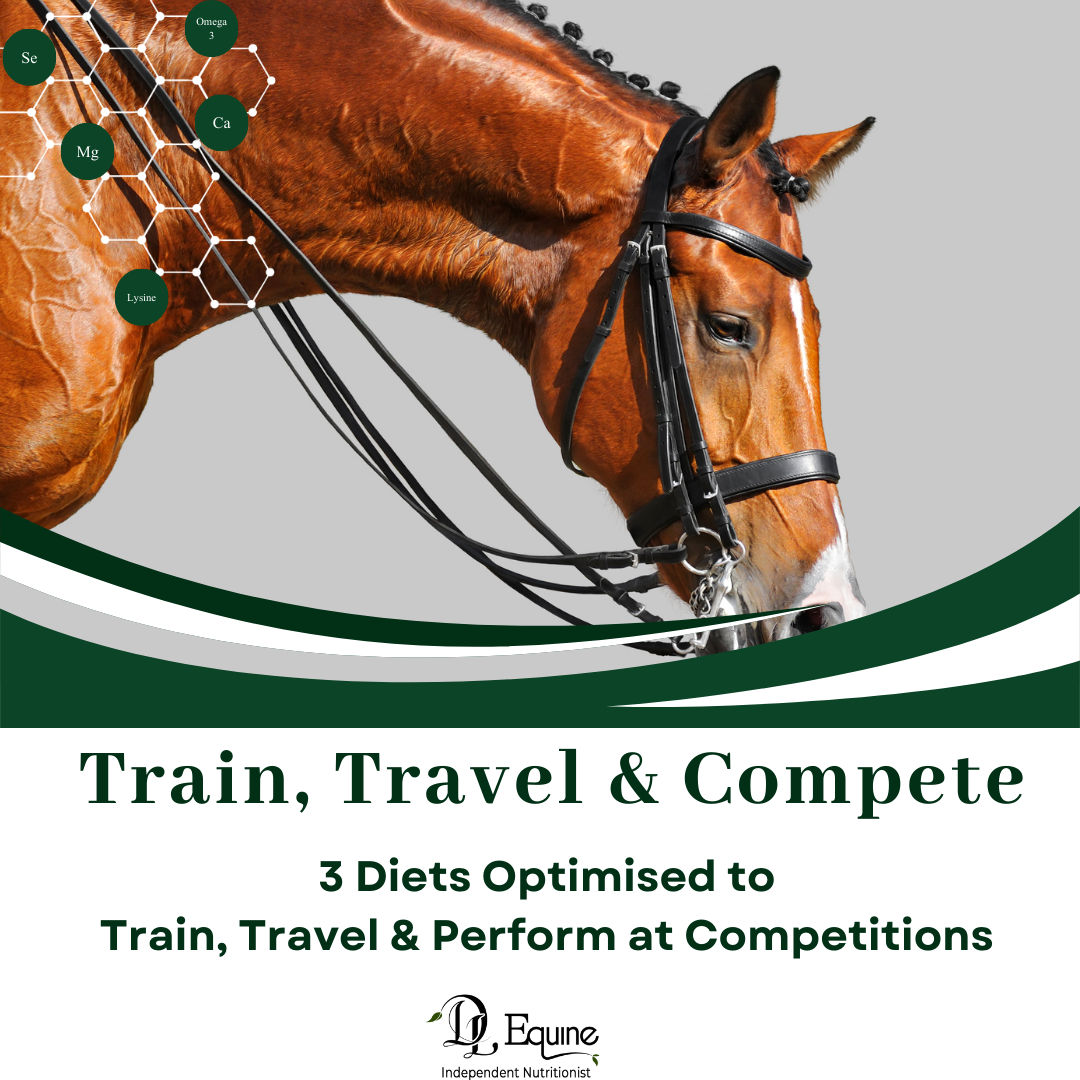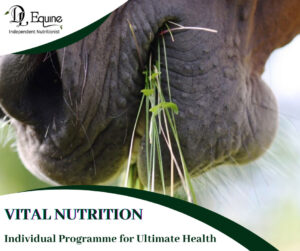Local Feeds and Price Priorities?
Hey fellow horse feeders,
One of the things I see on my clients list of things they want when buying horse feed is “home grown”
This is an interesting and often one for those of us down here in NZ (not so much Australia or the UK).
While I myself am a flag bearer for ‘buy local’, often when it comes to a product such as horse feed, its important to understand that it may contain a blend of many different ingredients, many of which quite simply can’t be grown in NZ.
We are extremely lucky to have a vast range of products to choose from with a large number of NZ horse feed companies selling great products.
However the fact is most (unless it’s a straight chaff) ingredients come from overseas. These are shipped to NZ and then manufactured into different feeds.
These ingredients could be anything from beet pulp, barley, soybean as examples, to each mineral and vitamin that goes into making a feed.
Yes if you weren’t aware, most manufactured feeds are made with a mineral premix.
Local NZ horse feed companies all do the very best they can to source locally and will be happy to tell you where their ingredients come from.
I also hear people wanting a lower cost feed. Well, the fact is often you get what you pay for. If we want feeds with the highest quality ingredients, tested clean (mould, toxin and GMO and ionophore free, for example) then you must pay for that. It’s a dice roll if you pay for a cheaper feed with cheaper ingredients.
An example of this may be the crude protein of a feed, be aware that is the total amount of nitrogen in a feed.
As horse feeders we are concerned about the good protein sources of nitrogen, meaning amino acids. As these will go into helping the horse make other amino acids and eventually good muscle and body condition etc.
But that total of crude protein (nitrogen) on the label can come from non-protein sources such as urea, which is not usable by the horse, and therefore a waste of your money! Again, its about checking the label for the crude protein composition, from a good source such as a forage like Lucerne for example.
Conclusion: Buy local, if that’s a priority for you, but with the knowledge it probably contains ingredients sourced from overseas.
Read the label and ask questions.
We are a pretty small island after all
Happy Feeding
Dale
